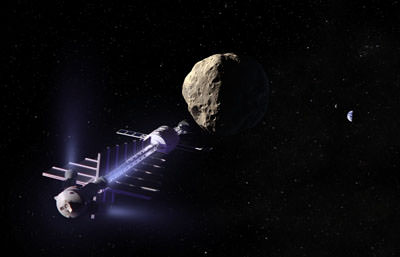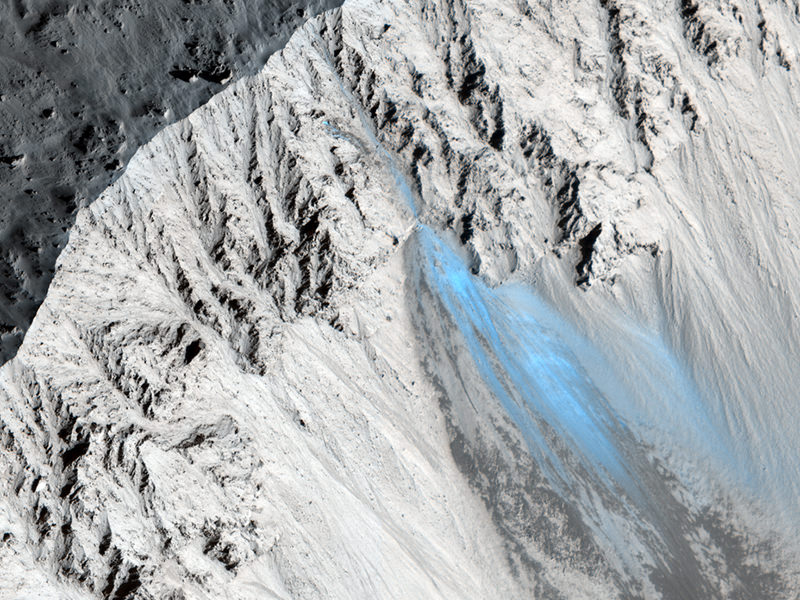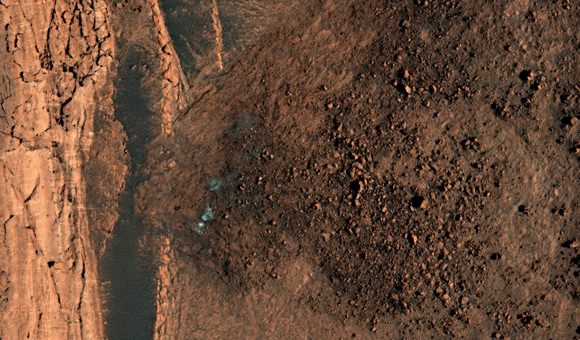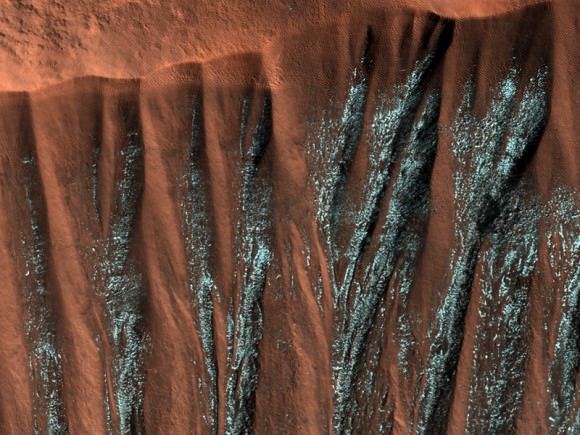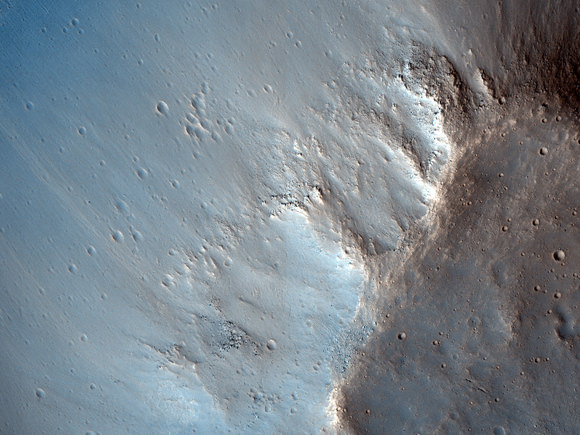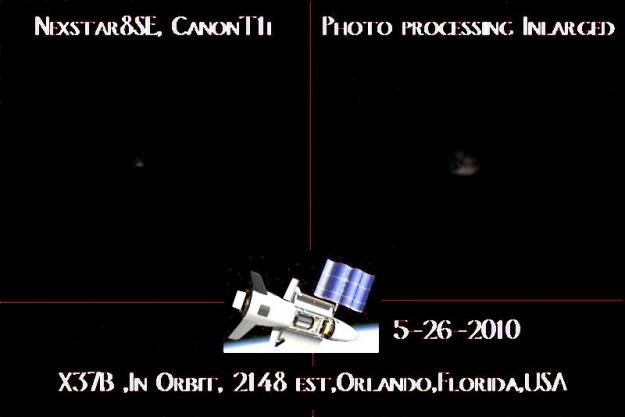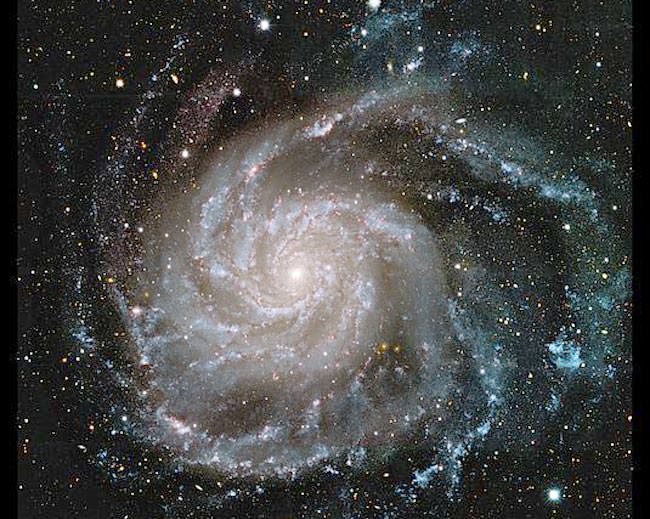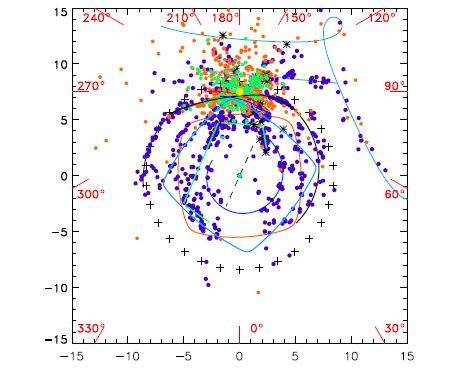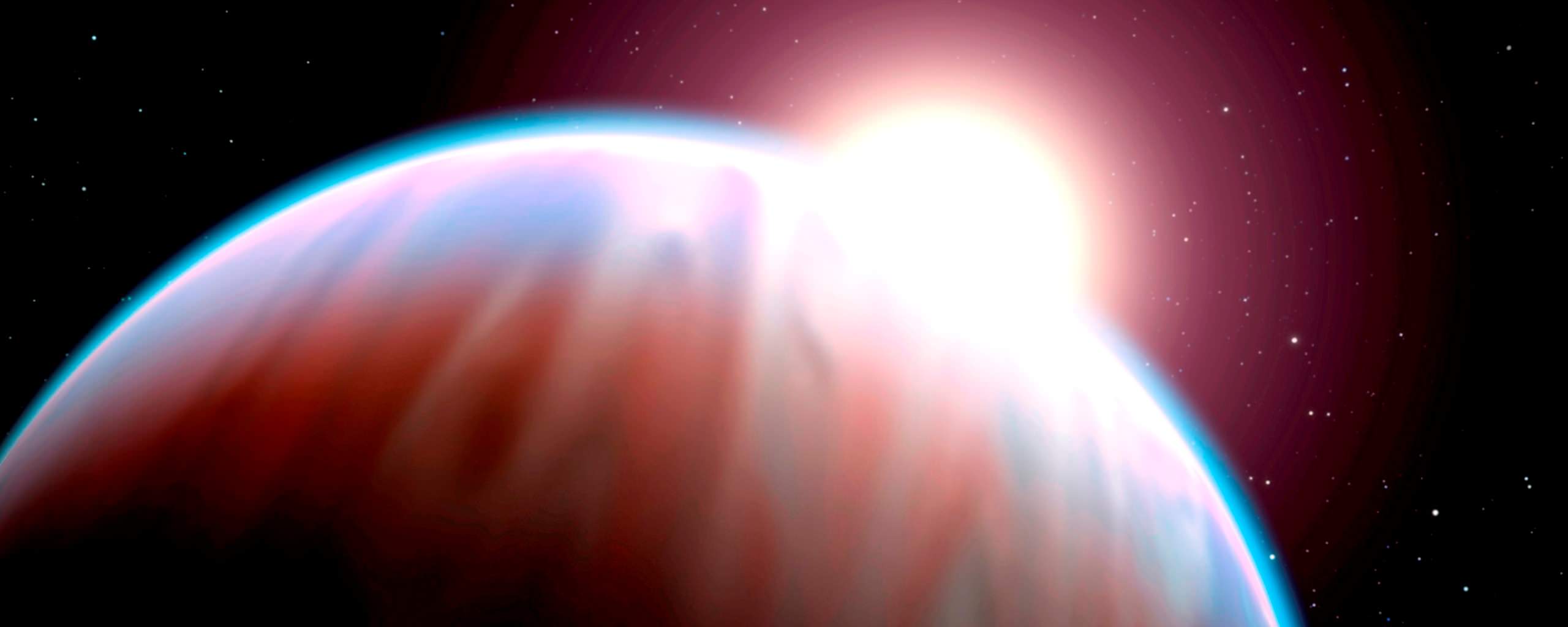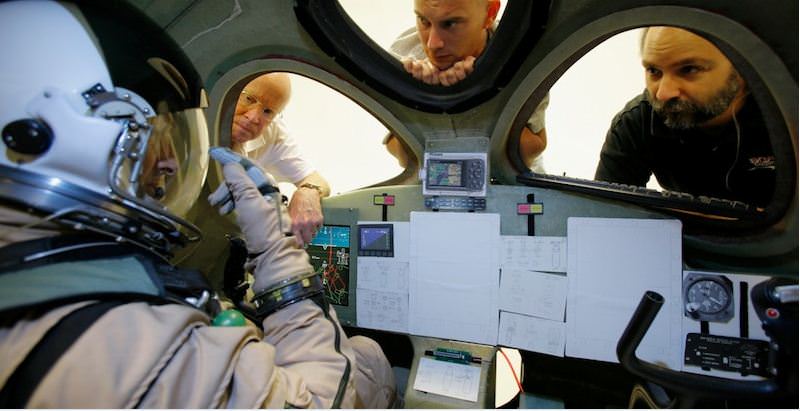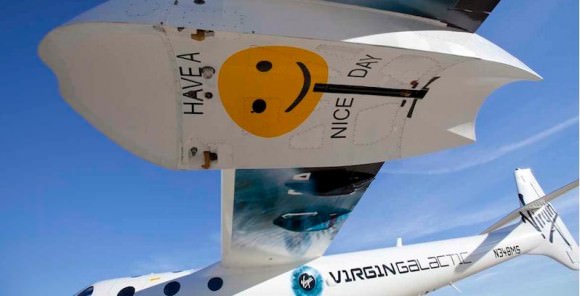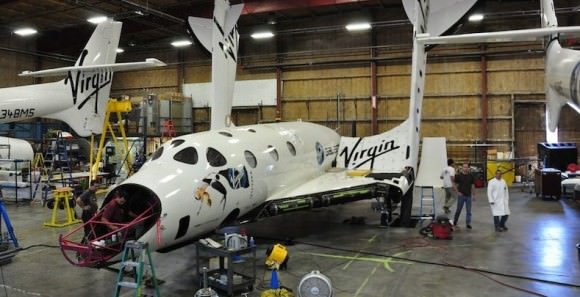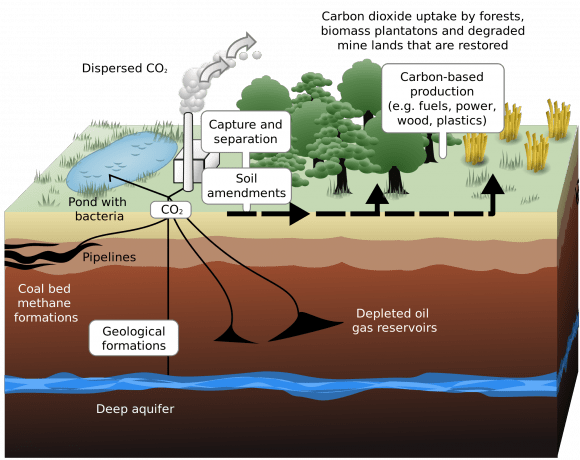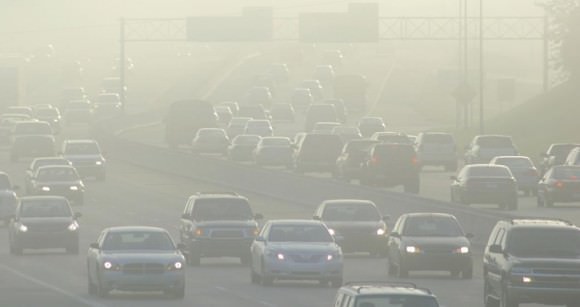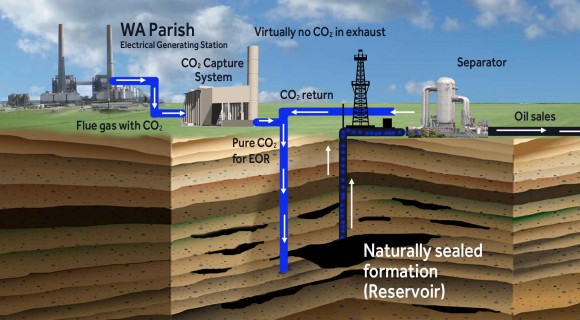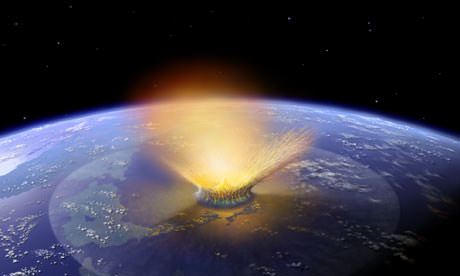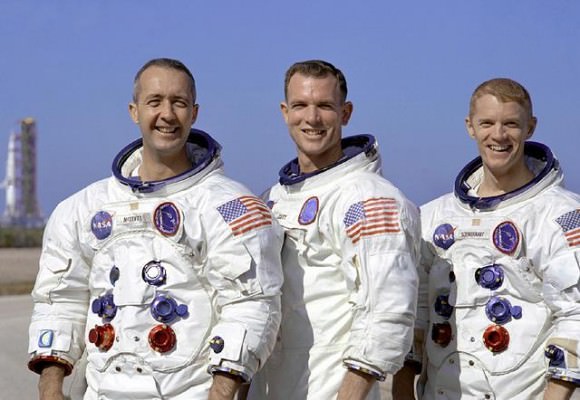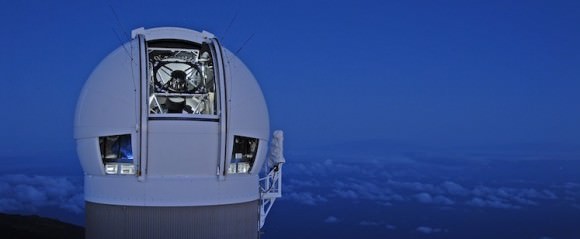Apollo 9 astronaut Rusty Schweickart is among an international group of people championing the need for the human race to prepare for what will certainly happen one day: an asteroid threat to Earth. In an article on Universe Today published yesterday, Schweickart said the technology is available today to send a mission to an asteroid in an attempt to move it, or change its orbit so that an asteroid that threatens to hit Earth will pass by harmlessly. What would such a mission entail?
In a phone interview, Schweickart described two types of “deflection campaigns” for a threatening asteroid: a kinetic impact would roughly “push” the asteroid into a different orbit, and a gravity tractor would “tug slowly” on the asteroid to precisely “trim” the resultant change course by using nothing more than the gravitational attraction between the two bodies. Together these two methods comprise a deflection campaign.
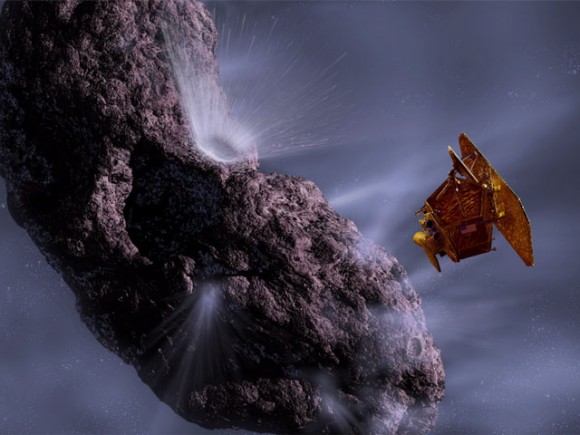
“In a way, the kinetic impact was demonstrated by the Deep Impact mission back in 2005,” said Schweickart. “But that was a very big target and a small impactor that had relatively no effect on the comet. So, we haven’t really demonstrated the capability to have the guidance necessary to deflect a moderately sized asteroid.”
Most important, the gravity tractor spacecraft would arrive prior to the kinetic impactor, precisely determine the asteroid’s orbit and observe the kinetic impact to determine its effectiveness. Following the kinetic impact it would then determine whether or not any adjustment trim were required.
“You want to know what happens when you do a kinetic impact, so you want an ‘observer’ spacecraft up there as well,” Schweickart explained. “You don’t do a kinetic impact without an observation, because the impactor destroys itself in the process and without the observer you wouldn’t know what happened except by tracking the object over time, which is not the best way to find out whether you got the job done.”
So, 10-15 years ahead of an impact threat — or 50 years if you have that much time — an observer spacecraft is sent up. “This, in fact, would also be a gravity tractor,” Schweickart said. “It doesn’t have to be real big, but bigger gets the job done a little faster. The feature you are interested in the outset is not the gravity tractor but the transponder that flies in formation with the asteroid and you track the NEO, and back on Earth we can know exactly where it is.”
Schweickart said even from ground tracking, we couldn’t get as precise an orbit determination of an NEO as we could by sending a spacecraft to the object. Additionally, generally speaking, we may not know when we send an observer spacecraft what action will be required; whether an impact will be required or if we could rely on the gravity tractor. “You may launch at the latest possible time, but at that time the probability of impact may be 1 in 5 or 1 or 2,” Schweickart said. “So the first thing you are going to do with the observer spacecraft is make a precise orbit determination and now you’re going to know if it really will impact Earth and even perhaps where it will impact.”
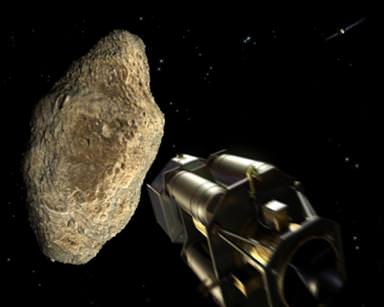
After the precise orbit is known, the required action would be determined. “So now, if needed you launch a kinetic impactor and now you know what job has to be done,” Schweickart said. “As the impactor is getting ready to impact the asteroid, the observer spacecraft pulls back and images what is going on so you can confirm the impact was solid, –not a glancing blow — and then after impact is done, the observer spacecraft goes back in and makes another precision orbit determination so that you can confirm that you changed its velocity so that it no longer will hit the Earth.”
The second issue is, even if the NEO’s orbit has been changed so that it won’t hit Earth this time around, there’s the possibility that during its near miss it might go through what is called a “keyhole,” whereby Earth’s gravity would affect it just enough that it would make an impact during a subsequent encounter with Earth. This is a concern with the asteroid Apophis, which is projected to miss Earth in 2029, but depending on several factors, could pass through a keyhole causing it to return to hit Earth in 2036.
“So if it does go through that keyhole,” said Schweickart, “now you can use the gravity tractor capability of the spacecraft to make a small adjustment so that it goes between keyholes on that close approach. And now you have a complete verified deflection campaign.”
Schweickart said a Delta-sized rocket would be able to get a spacecraft to meet up with an asteroid. “A Delta rocket would work,” he said, “but if there is a more challenging orbit we might have to use something bigger, or we may have to use a gravity assist and do mission planning for type of thing which hasn’t been done yet. So we can get there, we can do it – but ultimately we will probably need a heavy lift vehicle.”
As for the spacecraft, we can use a design similar to vehicles that have already been sent into space.
“A gravity tractor could be like Deep Space 1 that launched in 1998,” Schweickart said. “ You can make any spacecraft into a gravity tractor fairly easily.”
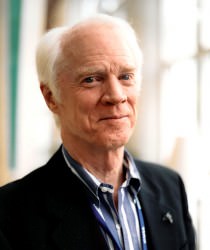
But it hasn’t been demonstrated and Schweickart says we need to do so.
“We need to demonstrate it because we – NASA, the technical community, the international community — need to learn what you find out when you do something for the first time,” he said. “Playing a concerto in front of an audience is quite different from playing it alone in your house.”

